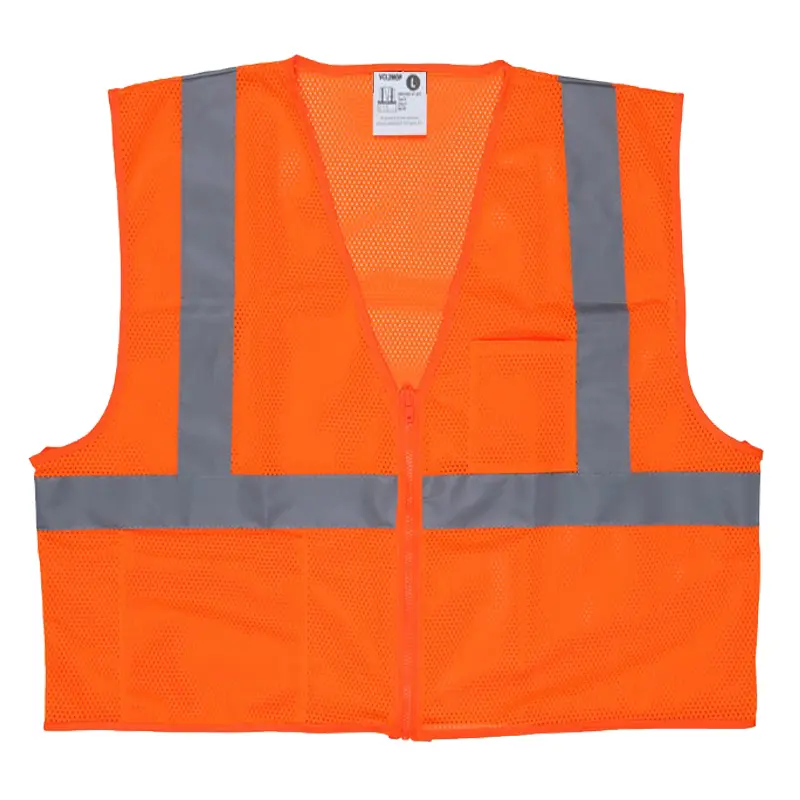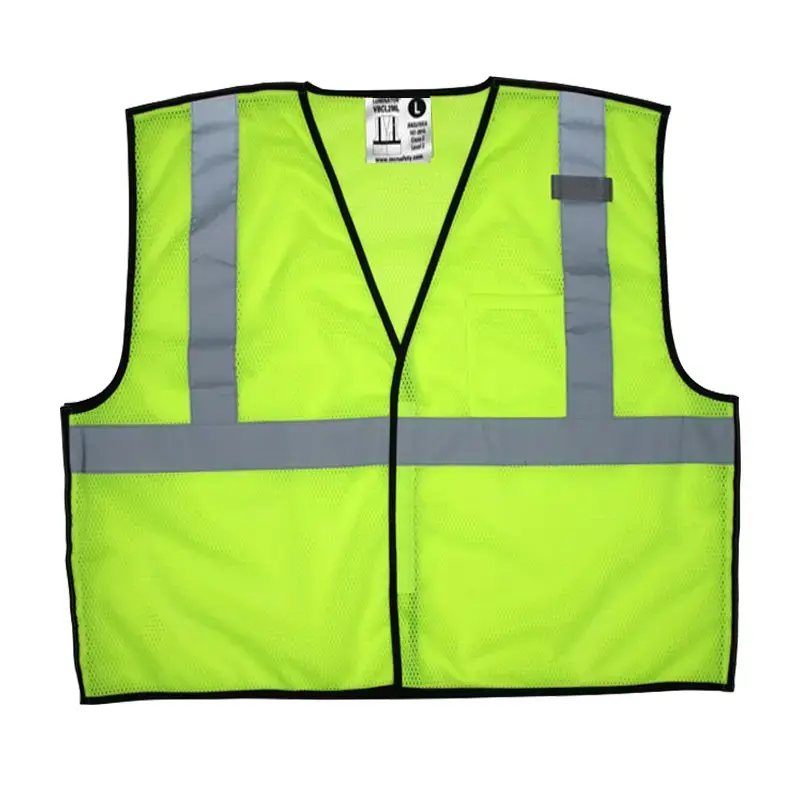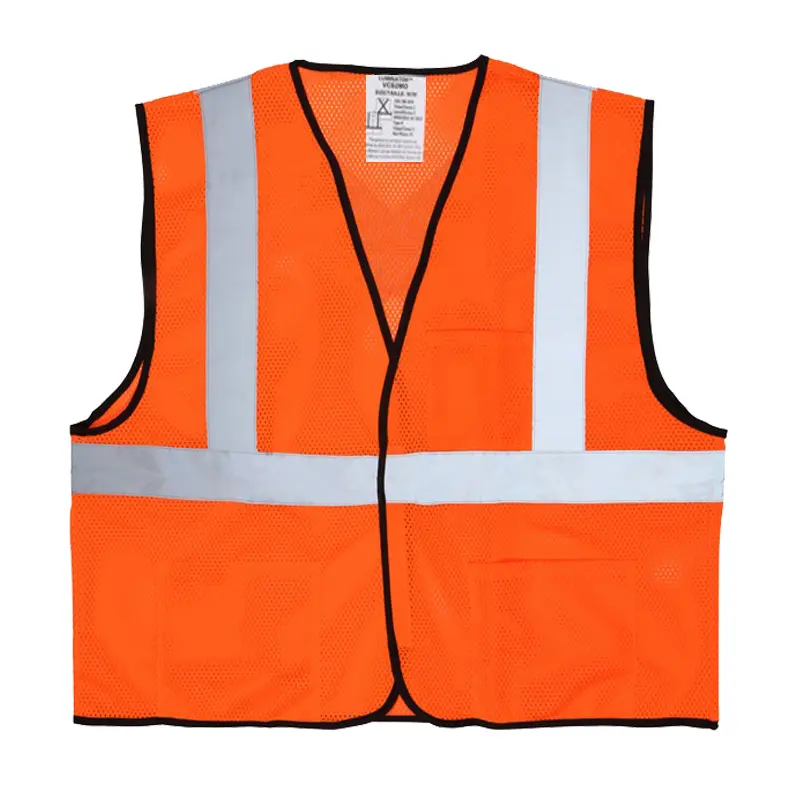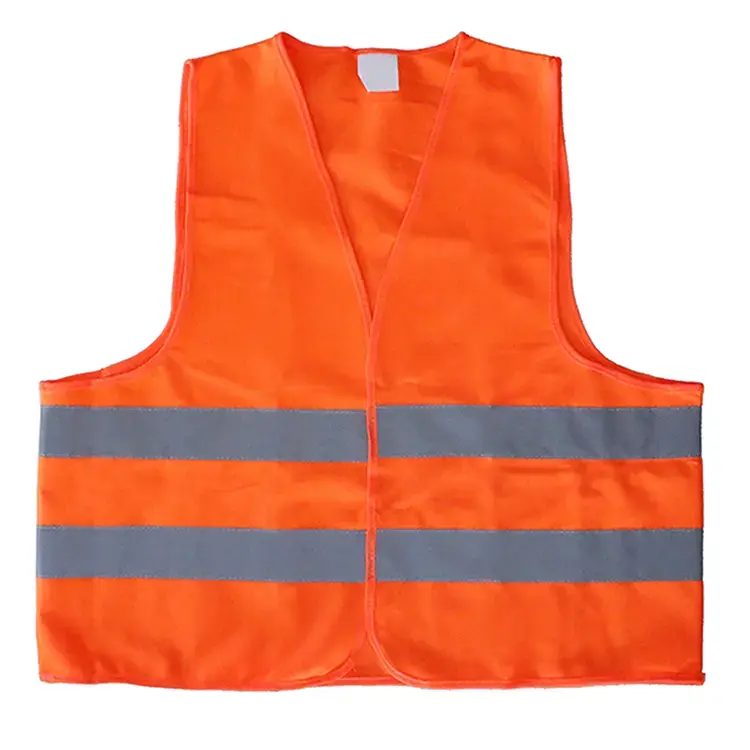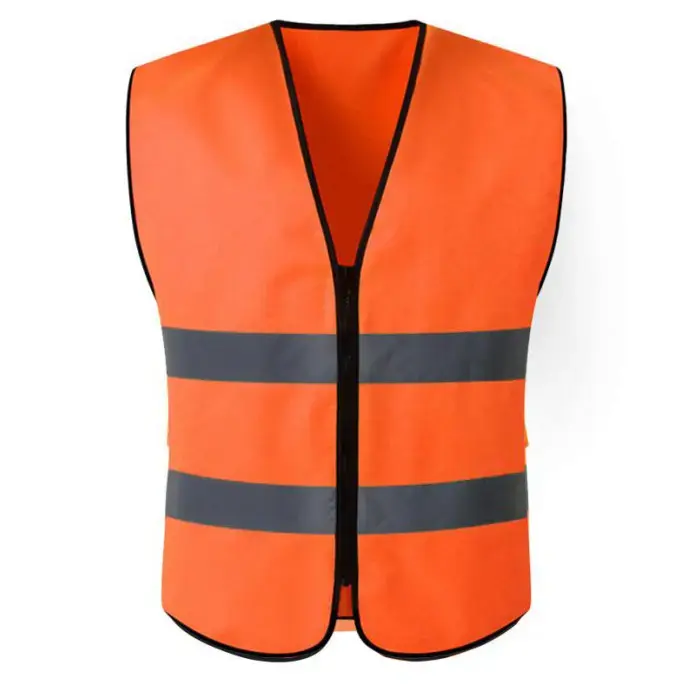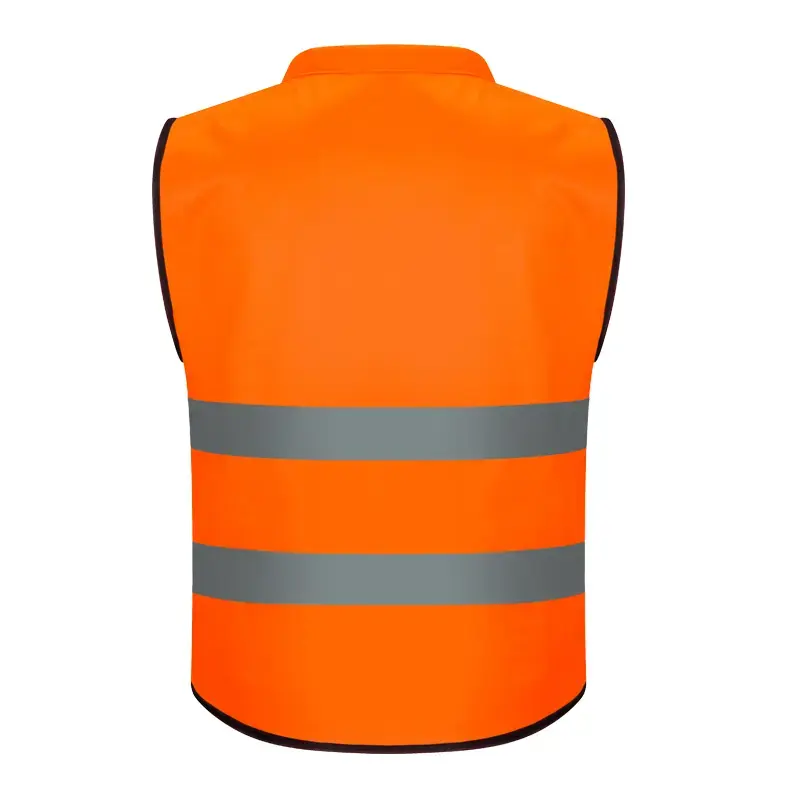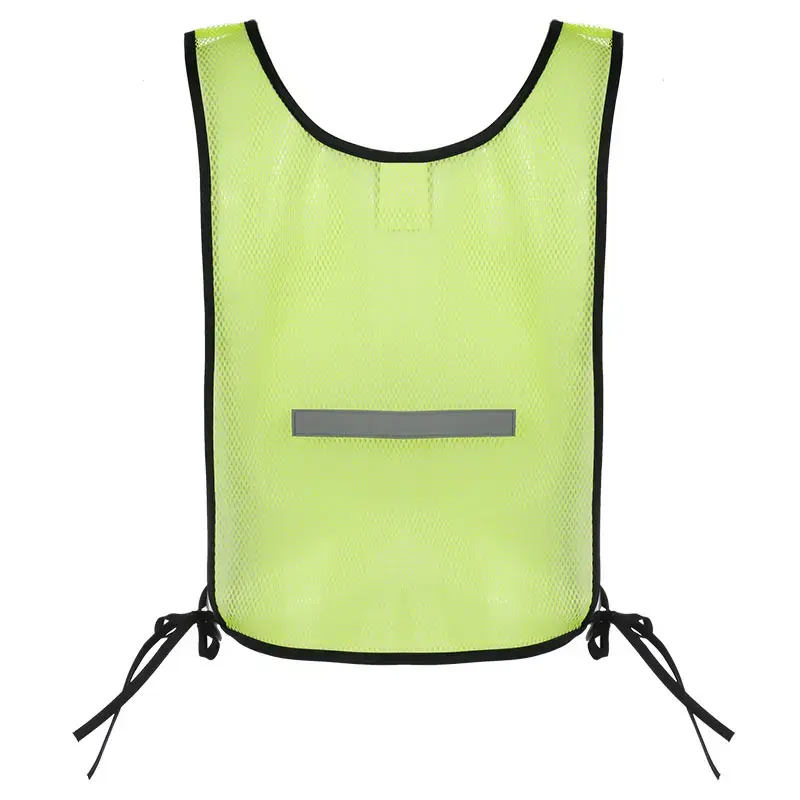A full analysis of the size standards of reflective safety vests
A full analysis of the size standards of Reflective Safety Vests
Introduction
In today's international market, reflective safety vests, as an important part of personal protective equipment, are widely used in many fields such as road construction, traffic control, logistics and transportation. With the increasing global attention to occupational safety and traffic safety hazards, countries have formulated strict size and related standards to ensure that Reflective Vests can fully play their warning role and protect the lives of workers. This article will explore the relevant provisions of the reflective vest size standards in depth to help international wholesale buyers better understand and choose reflective safety vests that meet the requirements.
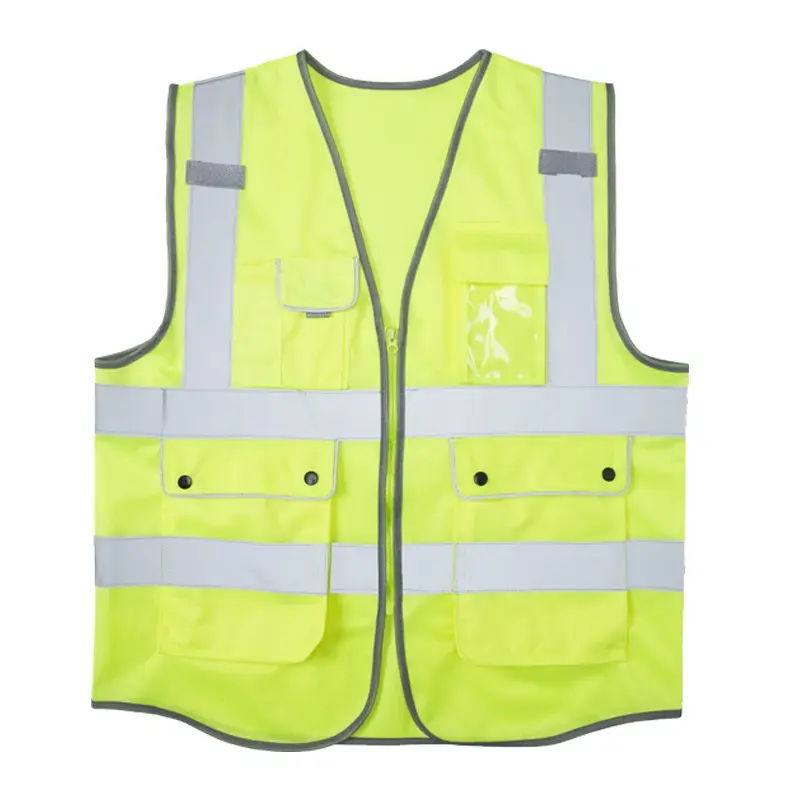
1. China's national standard for reflective vest size
"Automobile occupant reflective vest" GB/T 38046-2019: stipulates that the chest circumference of the reflective vest for automobile occupants should be greater than or equal to 1100mm, and the length of the garment should be greater than or equal to 640mm. This size design is designed to ensure that the vest can fit the body of most adults and provide sufficient coverage, so that the body outline of the car occupants is more eye-catching at night or in low light environments, so that other road users can find it in time and effectively prevent traffic accidents.
GB20653-2006 "High-visibility warning clothing for occupational use": The size of reflective vests is divided into three levels according to human height, and each high level contains two chest circumference sizes. Specifically, the chest circumference size range corresponding to 155 (height) is 84 to 96cm, 165 corresponds to 92 to 104cm, and 175 corresponds to 100 to 112cm. At the same time, the standard also clarifies the minimum use area of reflective vests and other requirements to ensure their visibility and warning effect in different usage scenarios.
2. Relevant regulations in international standards
ISO 20471 standard: As an internationally recognized high-visibility clothing standard, ISO 20471 does not give a specific numerical range for the size of reflective vests like the Chinese standard, but it sets strict requirements for the design and performance of each element of the clothing. For example, for level 3 high-visibility clothing, it is required to cover the torso, including full-length sleeves or long pants. This provides a reference for the size design of the vest to a certain extent, that is, it is necessary to ensure that the length and sleeve length of the vest can meet the requirements of covering the corresponding body parts to achieve the best protection effect.
EN 13402 standard series: In the European market, the EN 13402 standard series regulates the size marking and other aspects of personal protective equipment. Although this series of standards is not specifically for reflective vests, it provides a certain reference framework for the size marking and classification of reflective vests, which helps buyers and suppliers to communicate size information more clearly in international transactions and ensure that the purchased reflective vests meet the expected size requirements.
3. The impact of size standards on the function and use of reflective vests
Ensure visibility: The right size enables the reflective material and fluorescent material on the reflective vest to fully demonstrate their performance. If the vest is too small, the area of the reflective material may not be enough to be discovered in time at a long distance or in a complex environment; if the vest is too large, it may affect the comfort and convenience of wearing, and even interfere with normal work to a certain extent.
Adapt to different work scenarios: Different workplaces have different requirements for the size of reflective vests. For example, in scenarios such as road construction that require a lot of activities, reflective vests with moderate size and certain elasticity can provide workers with greater freedom of movement and reduce the inconvenience and safety hazards caused by clothing size issues; in places with relatively limited space such as logistics warehouses, well-fitting reflective vests can help workers be more flexible when handling goods and operating equipment, while also ensuring their visibility around vehicles and machinery and reducing the risk of collision.
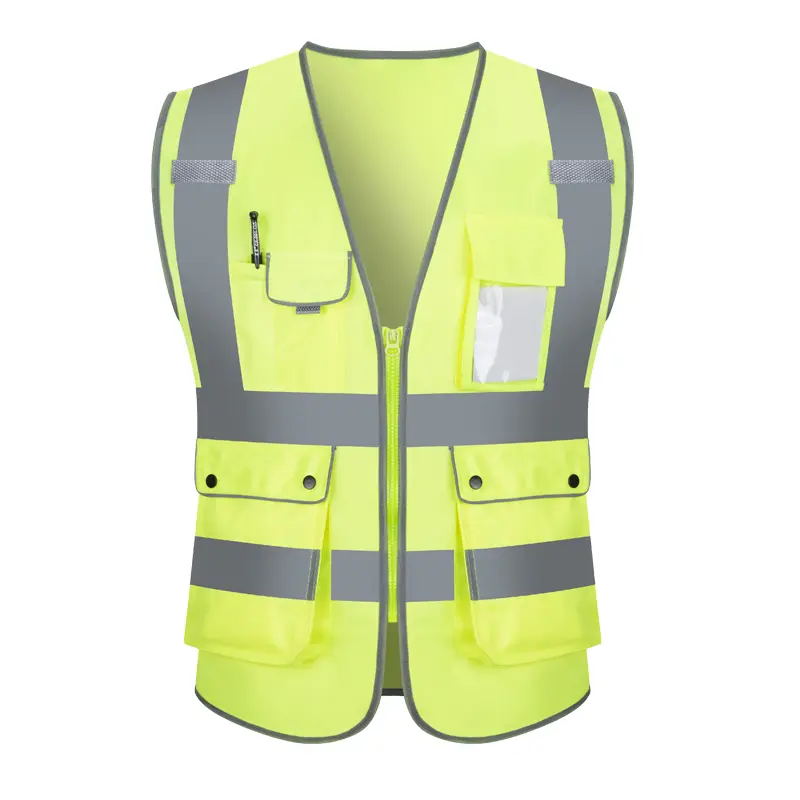
4. The importance of purchasing reflective vests that meet size standards
Meet market access requirements: Many countries and regions have strict regulations and standards on the import and sale of personal protective equipment. For international wholesale buyers, purchasing reflective vests that meet local size standards is a basic prerequisite for entering the target market. For example, in the EU market, products must meet relevant CE certification requirements, including considerations on size and other aspects, otherwise there will be a huge risk of products being rejected.
Improve customer satisfaction: Providing customers with reflective vests that meet size standards can effectively improve the quality and use of products and enhance customers' trust and satisfaction with buyers. This not only helps to establish long-term and stable customer relationships, but also attracts more potential customers through good reputation, and enhances the competitiveness and brand image of buyers in the international market.
5. How to ensure that the purchased reflective vests meet the size standards
Select reliable suppliers: Finding suppliers with good reputation and quality control system is the key to ensuring that the size of reflective vests meets the standards. When selecting suppliers, you can check whether they have relevant production qualifications and certification certificates, understand their reputation and performance in the industry, and ask for detailed size specifications and technical parameters of the products for evaluation and comparison.
Clarify procurement standards and requirements: When communicating with suppliers, be sure to clearly state the specific size standards that the required reflective vests should meet, including national standards, international standards, and any special application scenario requirements. At the same time, the allowable deviation range and inspection method of the size can be listed in detail in the purchase contract as a basis for subsequent acceptance.
Conduct strict quality inspection: When the goods are delivered, the purchaser should conduct random sampling inspections on the size of the reflective vests in accordance with the established quality inspection procedures and standards. Professional measuring tools and equipment can be used to accurately measure key size parameters such as chest circumference, length, and width of reflective materials according to the measurement methods specified in the standards, and the data should be recorded. If the size deviation is found to be beyond the allowable range, solutions should be negotiated with the supplier in a timely manner, such as replacement, return or rectification, to ensure that the final delivered product meets the quality requirements.

6. Development trend of reflective vest size standards
Closer integration with ergonomics: With the continuous deepening of ergonomic research, the future reflective vest size standards are expected to pay more attention to matching with human body shape and movement characteristics. This will make the reflective vest not only meet the standard requirements in size, but also provide the wearer with a more comfortable and convenient use experience, improve work efficiency and safety.
The rise of intelligent size customization services: With the help of advanced information technology and manufacturing processes, some suppliers may begin to provide intelligent size customization services. Obtain detailed body size data of customers through online measurement or 3D scanning and other technologies, and then tailor reflective vests for customers based on these data, so as to achieve personalized and precise size and meet the special needs of different customers.

